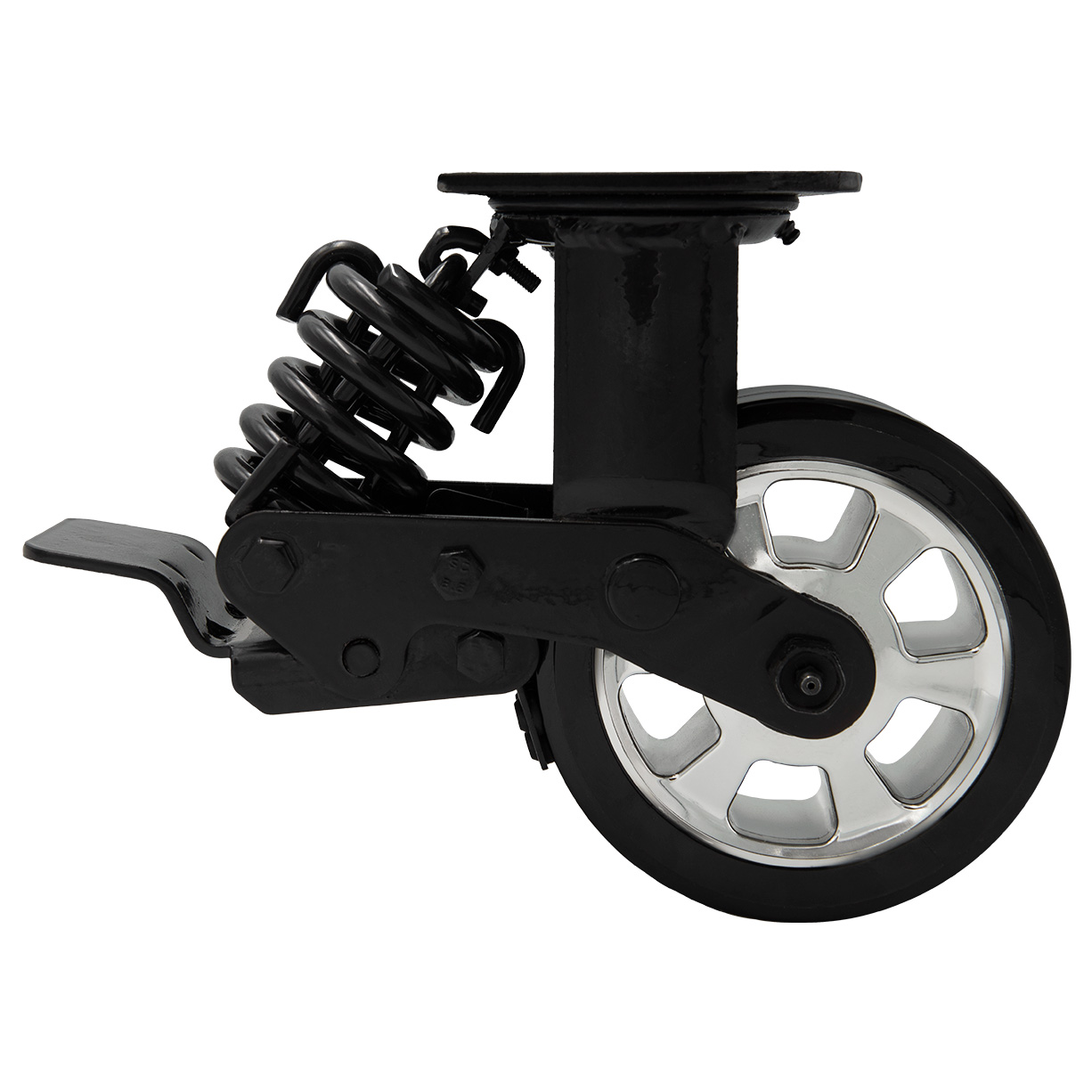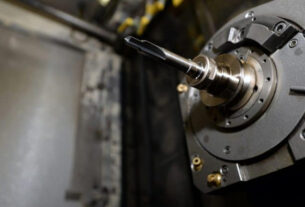If you’re a professional mechanic, DIY enthusiast or just someone who likes to keep their tools organized, you know how important it is to have a sturdy and reliable tool box. However, even the best tool box won’t be much use if it’s difficult to move around. That’s where tool box casters come in.
Tool box casters are small but essential components that allow you to easily move your tool box from one place to another without having to lift it or drag it across the floor. But with so many different types of casters available, how do you choose the right ones for your needs? In this comprehensive guide, we’ll cover everything you need to know about tool box casters, including:
– What are tool box casters and why do I need them?
– Types of tool box casters
– Factors to consider when choosing tool box casters
– How to install tool box casters
– Maintenance tips for keeping your casters in top condition
What Are Tool Box Casters and Why Do I Need Them?
Tool box casters are small wheels that are attached to the bottom of your tool box. They allow you to move your tool box around easily without having to carry it or drag it across the floor. This can be especially helpful if you have a heavy or bulky tool box, or if you need to move it frequently between different workstations.
There are several benefits of using tool box casters:
1. Increased mobility: With casters, you can easily move your tool box from one place to another without having to lift it or drag it across the floor.
2. Improved organization: If you have multiple workstations in your garage or workshop, having a mobile tool box can make it easier to keep your tools organized and within reach.
3. Reduced strain on your body: Lifting and carrying heavy tool boxes can be hard on your back and joints. Casters allow you to move your tool box without putting unnecessary strain on your body.
Types of Tool Box Casters
There are several different types of casters that you can use for your tool box, including:
1. Swivel casters: These casters can rotate 360 degrees, making them ideal for maneuvering in tight spaces or around obstacles.
2. Rigid casters: These casters only move in a straight line, which makes them less maneuverable but more stable than swivel casters.
3. Locking casters: These casters have brakes that can be engaged to keep the tool box in place once it has been moved to its desired location.
4. Non-locking casters: These casters do not have brakes and are designed to roll freely.
When choosing casters for your tool box, it’s important to consider factors such as load capacity, wheel size, and material. We’ll cover these factors in more detail in the next section.
Factors to Consider When Choosing Tool Box Casters
1. Load Capacity
One of the most important factors to consider when choosing tool box casters is the load capacity. This refers to the maximum weight that the caster can support. It’s important to choose a caster with a load capacity that is equal to or greater than the weight of your tool box, plus the weight of its contents.
2. Wheel Size
The size of the caster wheel also plays a role in how easy it is to move your tool box. Larger wheels generally provide better mobility over uneven surfaces and obstacles, while smaller wheels are better for smooth surfaces.
3. Material
Caster wheels are typically made from materials such as rubber, plastic, or metal. Rubber wheels provide good traction and shock absorption, while plastic wheels are lightweight and durable. Metal wheels are strong and long-lasting, but they can be noisy and may scratch or damage certain types of flooring.
4. Swivel vs Rigid
As mentioned earlier, swivel casters are more maneuverable than rigid casters, but they may not provide as much stability. Rigid casters are better for heavier tool boxes or when you need to move your tool box in a straight line.
How to Install Tool Box Casters
Installing tool box casters is a fairly simple process that can be completed in just a few steps:
1. Remove any existing feet or wheels from the bottom of your tool box.
2. Measure the distance between the mounting holes on the caster plate and mark these locations on the bottom of your tool box.
3. Drill pilot holes for the mounting screws using a drill bit that is slightly smaller than the screw diameter.
4. Attach the caster plate to the bottom of your tool box using screws and washers.
5. Repeat steps 2-4 for each caster.
Maintenance Tips for Keeping Your Casters in Top Condition
To ensure that your tool box casters continue to function properly and last as long as possible, it’s important to perform regular maintenance. Here are some tips:
1. Keep the wheels clean: Dirt and debris can build up on caster wheels over time, which can cause them to become less effective. Clean your casters regularly with soap and water to remove any buildup.
2. Check for wear: Over time, caster wheels may become worn or damaged. Check your casters regularly for signs of wear such as cracks or flat spots, and replace them if necessary.
3. Lubricate moving parts: If your casters have moving parts such as bearings, it’s important to lubricate them periodically to keep them functioning smoothly.
4. Tighten bolts: Check the bolts that attach your casters to your tool box periodically, and tighten them if necessary.
Conclusion
Tool box casters may seem like a small detail, but they can make a big difference in the usability and mobility of your tool box. By choosing the right type of caster for your needs and performing regular maintenance, you can ensure that your tool box is always ready to move wherever you need it.
Wiki Reference:
https://en.wikipedia.org/wiki/Caster
https://www.grainger.com/know-how/equipment-information/kh-types-of-casters-and-wheels
https://www.swivel-lock.com/blogs/news/how-to-choose-the-right-caster-for-your-toolbox




